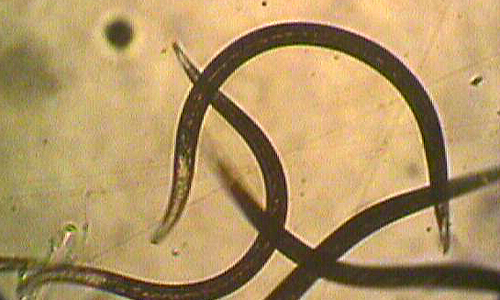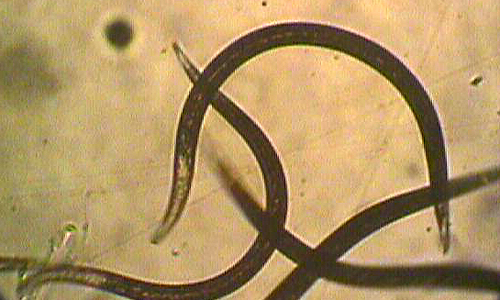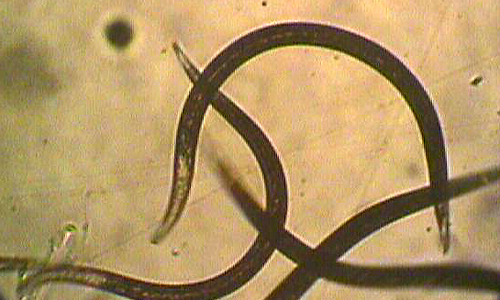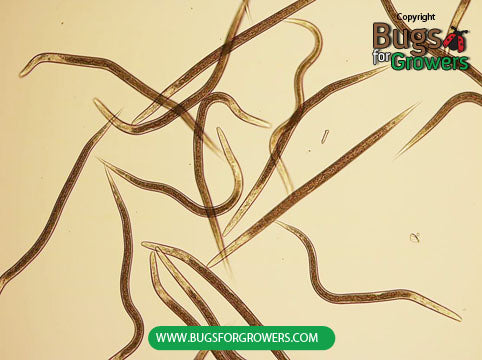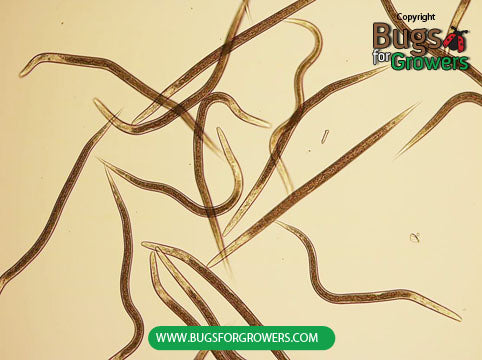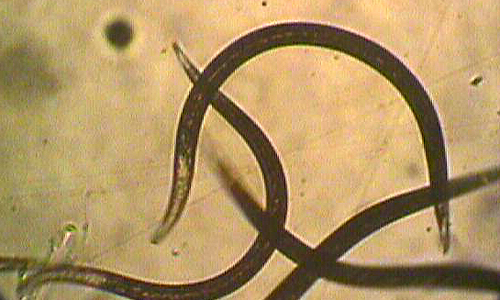Fall webworm
Damage caused by fall webworms
During the fall, larvae of fall webworms first spin webs around them on small branches of trees. Then inside the net these larvae feed voraciously on the leaves and skeletonize them. In case of severe cases, they can defoliate some branches of a tree. While feeding on the leaves, these develop into mature larvae.
Facts (show all)
- Common names
-
- Fall webworm
- Scientific name
-
- Hyphantria cunea
- Identification
-
Adults: Adult moths are white in color with black dots on the wings.
Eggs: Eggs of fall webworms are yellow in color and oval in shape.
Larvae/Caterpillars: Young larvae of fall webworms are yellow in color with 2 lines of black marks along the body and mature larvae are green in color and covered with the white hairs.
Pupae: Pupae of fall webworms are brown in color.
- Biology
-
Fall webworms overwinter as pupae in the soil, under the leaf litter or in the cracks. Adults of fall webworm generally emerge from pupae in June and their females lay eggs on the lower surface of leaves. These eggs hatch within a week into small larvae that start spinning a silken web around leaves on which they start feeding. These larvae remain inside the web until they mature. After maturity, larvae fall of the tree on the ground for pupation. Under favourable conditions, fall webworms can complete two generations within a year.
- Organic Control of fall webworms
-
- Following beneficial bugs and plant products are used for organic control of fall webworms
- Egg parasitic wasps
-
- Trichogramma brassicae
- Trichogramma pretiosum
- Trichogramma minutum
- Trichogramma platneri
- Beneficial entomopathogenic nematodes
-
- Steinernema carpocapsae
- Steinernema feltiae
- Heterorhabditis bacteriophora
- Predatory praying mantis
-
- Tenodera aridifolia sinensis
- Stagmomantis crolina
- Plant Product
-
- Molt-X® - (Active ingredient – Azadirachtin a compound isolated from neem leaves)

